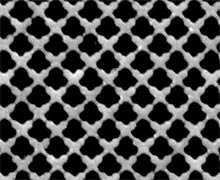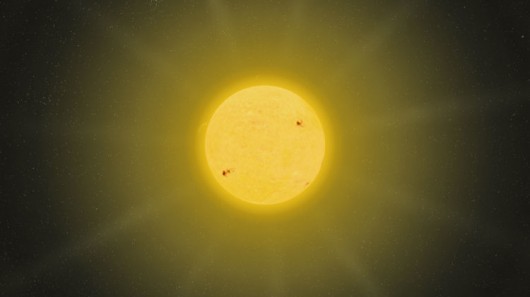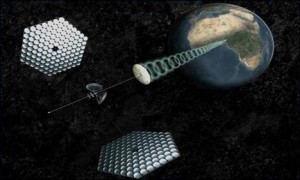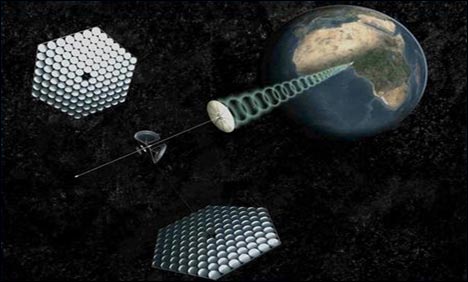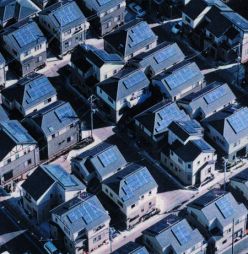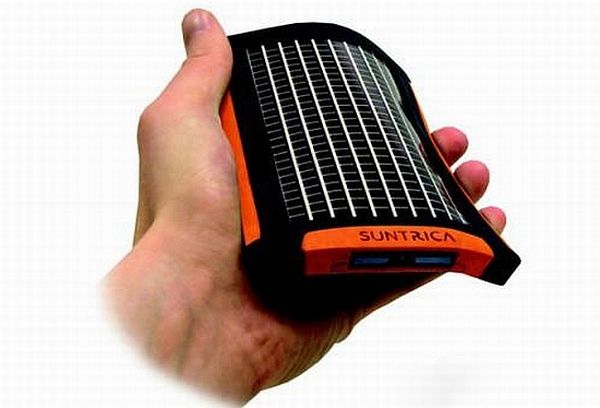
As we know it
One of the biggest concern for everyone today is to recharge the many small gadgets that have become an irreplaceable part of life. While these gadgets ensure connectivity with the larger world and allow you to go to places without worrying for any job undone or on an expedition, they also consume a lot of electricity for recharging. This becomes a constraint, especially when you are planning for a long vacation at some unexplored locations. As such location may not have regular electricity supply and you may get actually cut-off from the world during your journey. However, a few researchers have developed portable devices that you can carry along with you. They mostly depend on the renewable solar energy for recharging your gadgets. Also, they allow you to stop using conventional batteries that often contain harmful chemicals which get mixed with the soil and water when thrown after use.
 Follow
Follow



